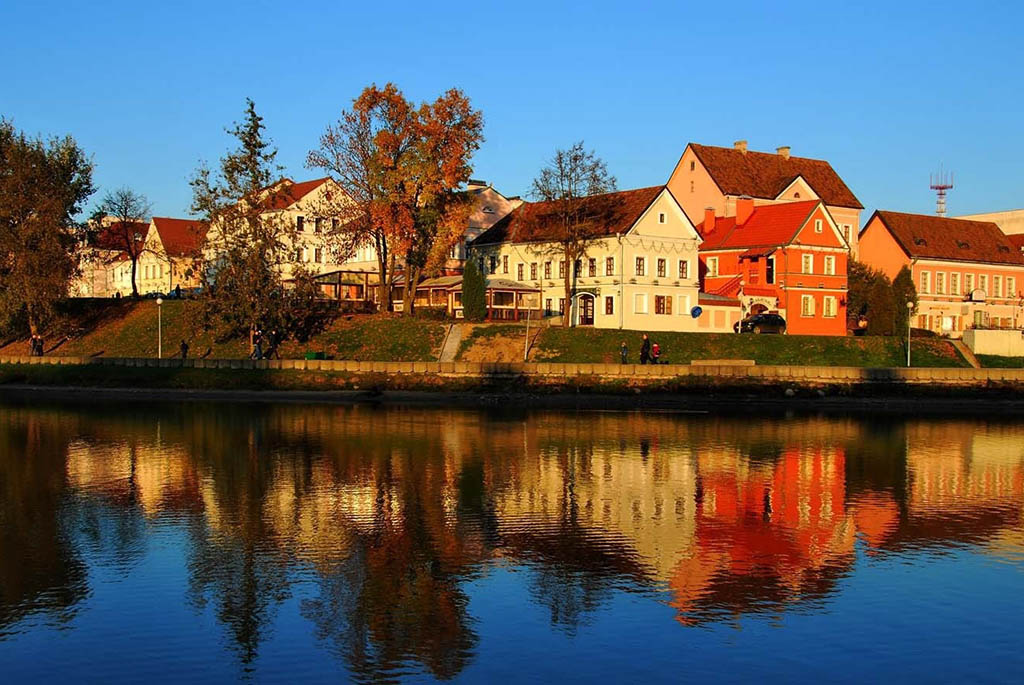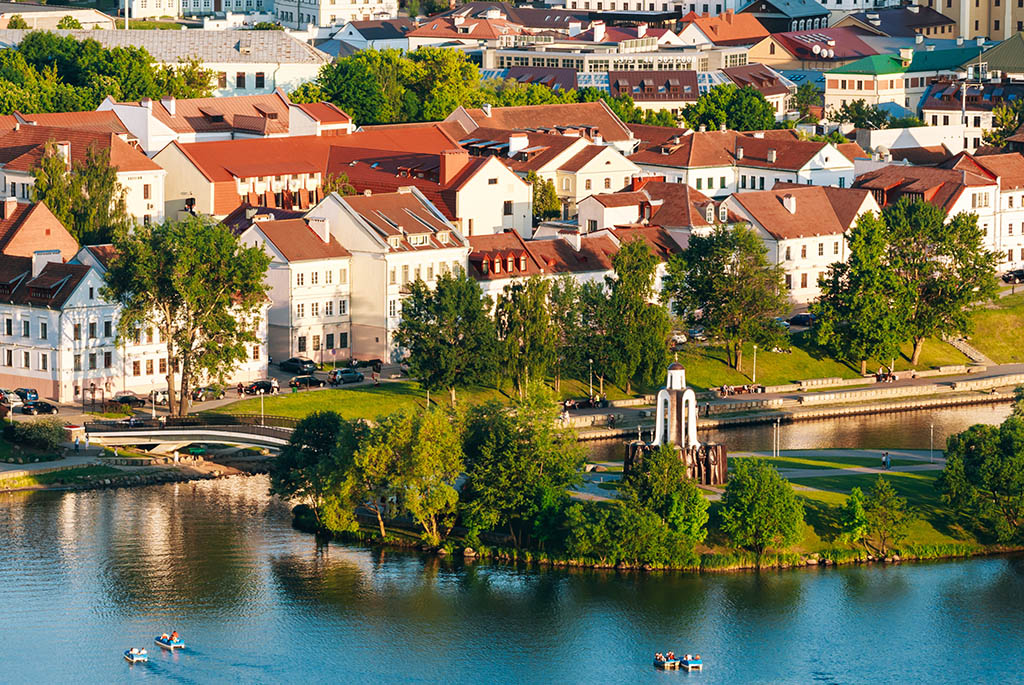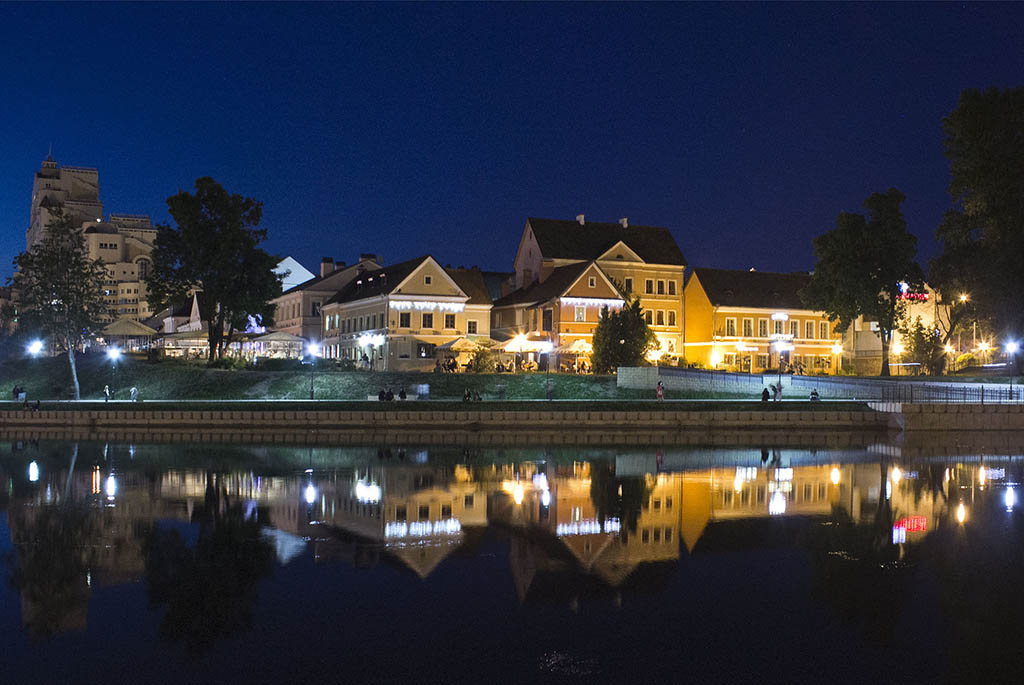For centuries, the Trinity Suburb district was an example of cultural fusion. A Catholic church, an Orthodox church, an Orthodox men's monastery, a women's spiritual school, a women's Catholic monastery, later rebuilt into the Minsk Theological Seminary, were built on its territory at different times. The population of the district was also mixed in composition. By the 19th century, ordinary workers, small merchants, landlords, peasants, low-ranking state officials lived in Trinity Suburb. The district was home to a large number of Jews who owned pharmacies, grocery stores, and were involved in jewelry, leather, and shoe businesses.
Many secular and religious buildings of the Trinity Suburb have not survived until the present day due to damage from wars and fires. The fire of 1809, which destroyed a huge part of the wooden buildings, was especially destructive. After the incident, Emperor Alexander I issued a decree to restore this part of the city, using more fire-resistant materials for construction. In 20th century a large part of the streets, residential houses, administrative buildings suffered as a result of military actions. In the 80s, restoration work was carried out in the Trinity Suburb with the aim of restoring the architectural appearance of the capital.
What attracts Minsk residents and tourists to the Trinity Suburb?
In 2004, a decision was made to reconstruct the Trinity Suburb as part of the restoration of the Old Town. After the reconstruction, the district took on the appearance of 19th-century European buildings - with neat houses and tiled roofs. Although the modern look of the Trinity does not fully correspond to the real historical appearance of this part of the city, it has become a favorite place for walks among Minsk residents and tourists. Walking through the local blocks and courtyards, you can find antique shops, souvenir shops, fountains, cafes and restaurants, museums, art galleries, art spaces, monuments to famous Belarusians. Here is a whole complex of 19th-century attractions and buildings. Among them:
- The M. Bogdanovich Literary Museum - located near the house where the Belarusian poet was born.
- State Museum of the History of Belarusian Literature - the largest literary museum in the country, where rare manuscripts, ancient literary monuments, documents related to the activities of Belarusian writers are kept.
- House of Nature, which once housed a synagogue, closed with the arrival of Soviet power. Now it houses exhibitions dedicated to the world's flora and fauna.
- The V. Golubok's Living Room - a branch of the Museum of Theater and Music Culture History, dedicated to the famous writer, actor, and director, who was shot in the 1930s by order of the NKVD.
- An old pharmacy, which houses a unique collection of pharmacy accessories and pharmaceutical books of the 19th century.
- "Slavutye Maystry," a gallery featuring contemporary Belarusian decorative and applied art. It is located in a building that once belonged to the doctor and revolutionary Nathan Vidgortchik. In the gallery, you can see the works of Belarusian masters and also buy wooden, linen, glass, ceramic products as a souvenir.
- The Island of Tears - an artificial island on the Svisloch, connected to the shore by a small pedestrian bridge. It is home to a chapel, erected in memory of Belarusian soldiers who died in the Afghan War.

If you decide to walk around Trinity with a guide, they will show you the house where Yanka Kupala's father once lived, the former Monastery of Mauritanians, which now houses the Suvorov School, the Opera and Ballet Theater - an architectural monument of Soviet Constructivism, the antique shop "Venok", decorated in an old-fashioned style. If you still decide to enjoy the atmosphere of the old city on your own, have a coffee in a cozy cafe with a view of the architectural monuments of the capital, visit museums and souvenir shops, take a walk along the well-groomed Svisloch embankment. You won't have to search long for this picturesque corner of Minsk - it is located in the city center near the "Nemiga" metro station.


